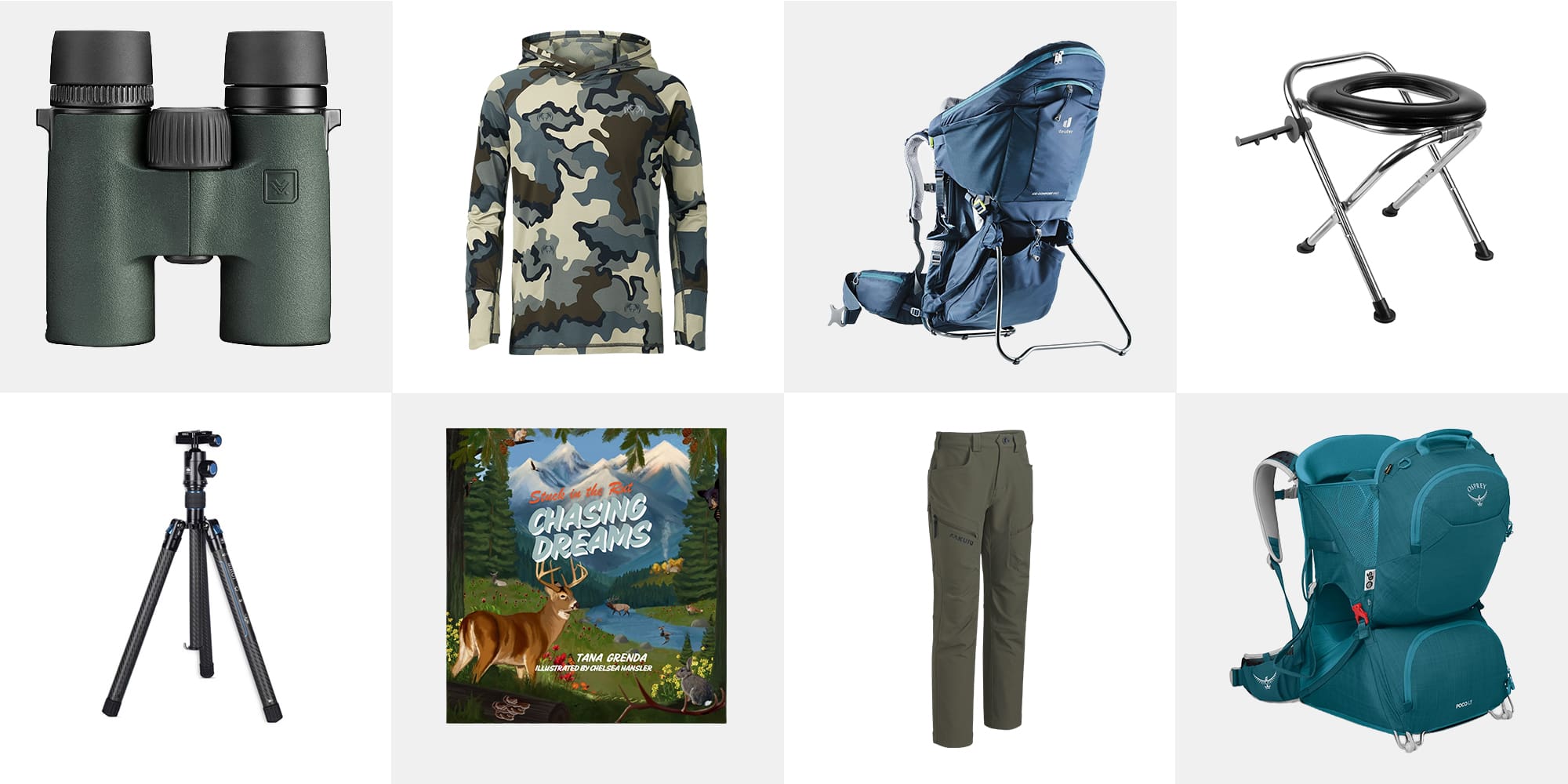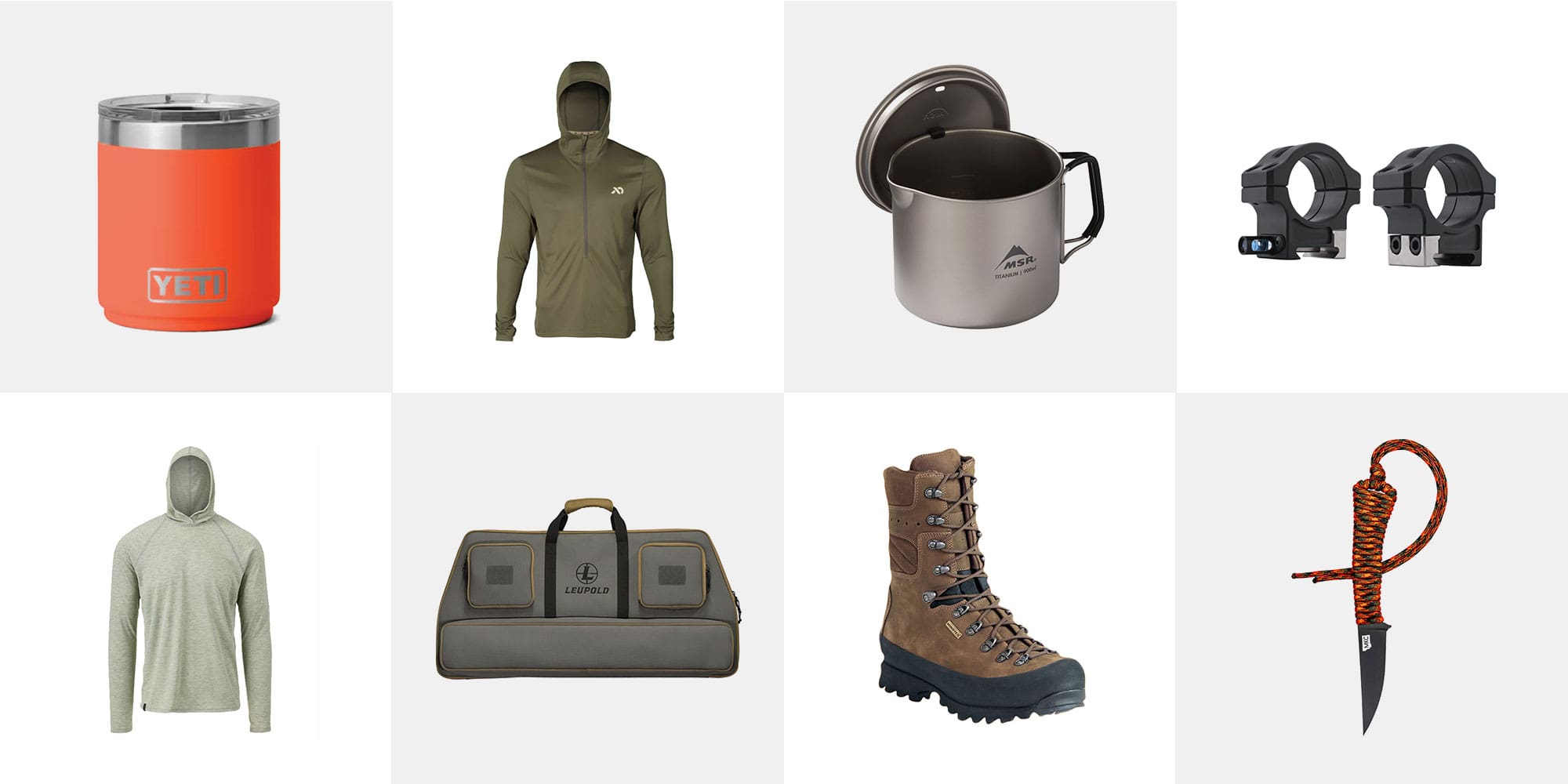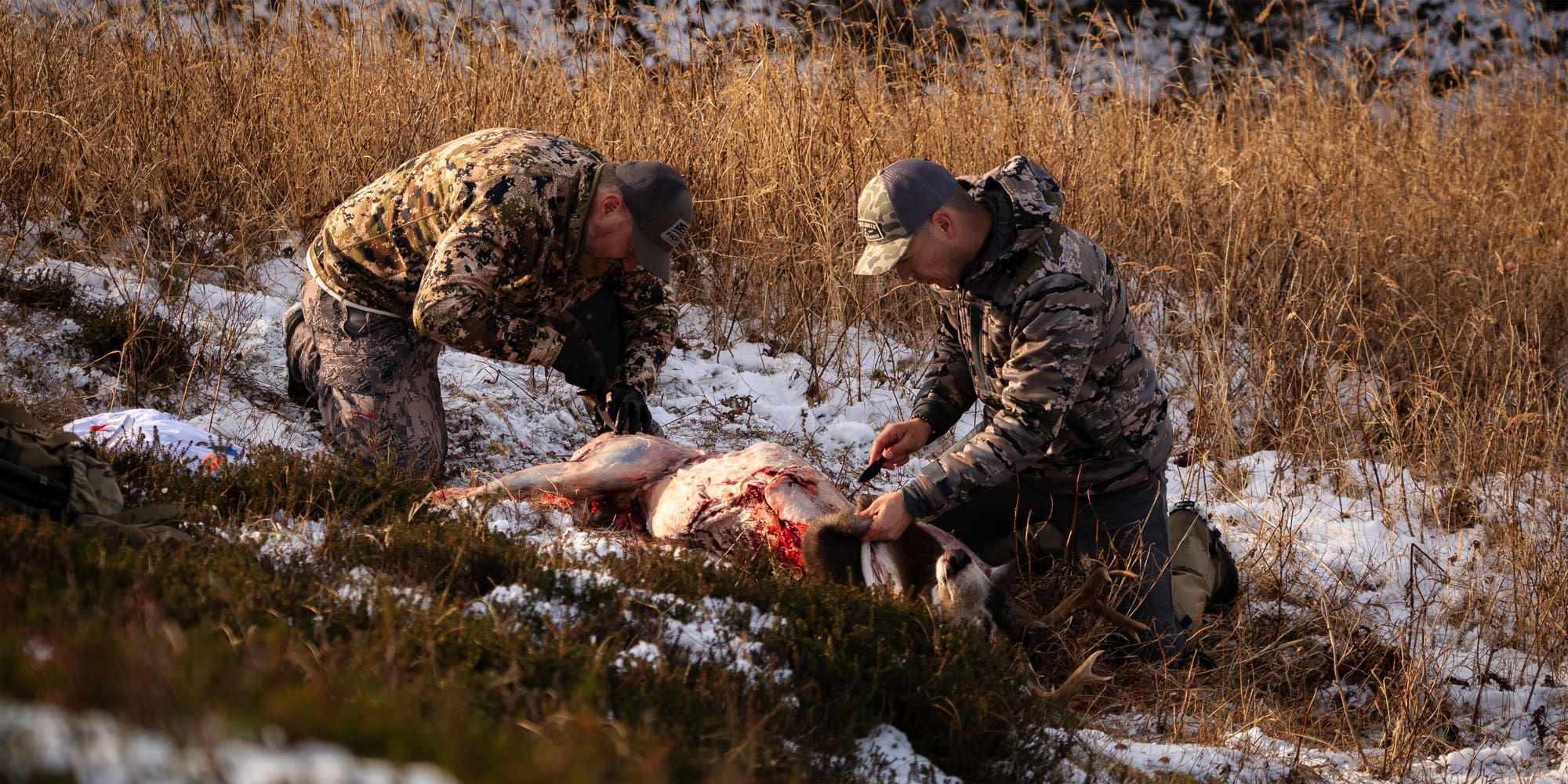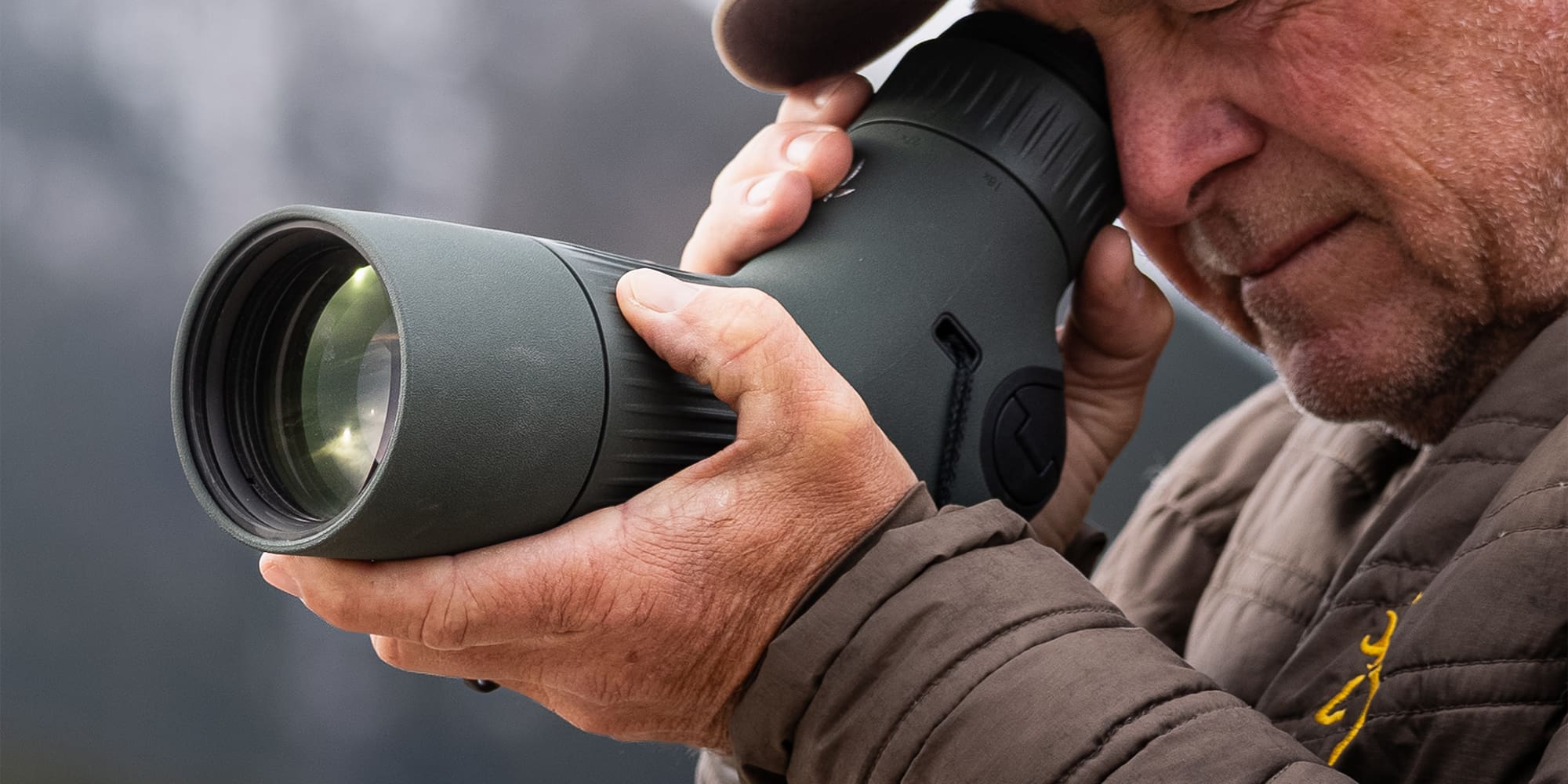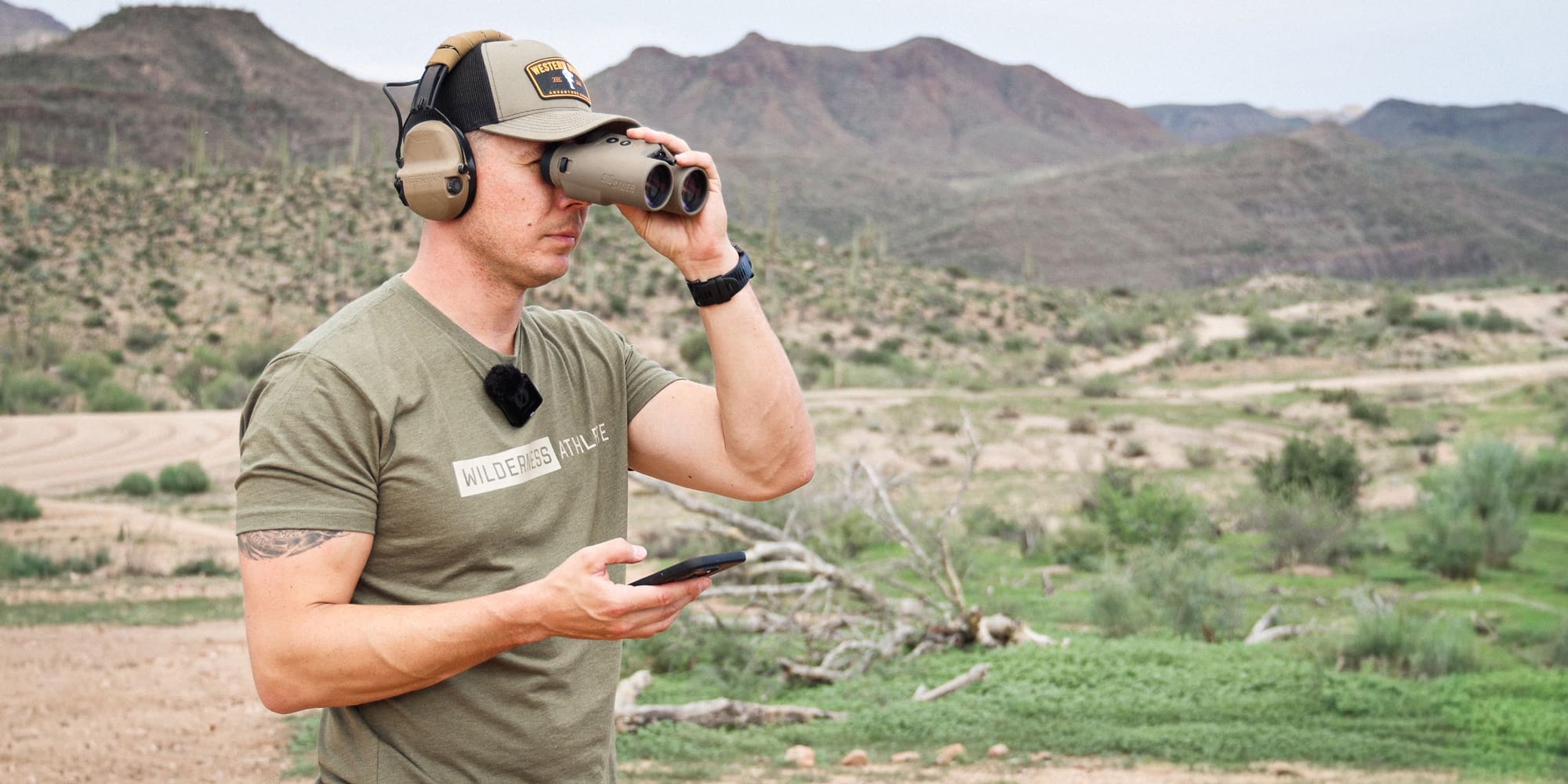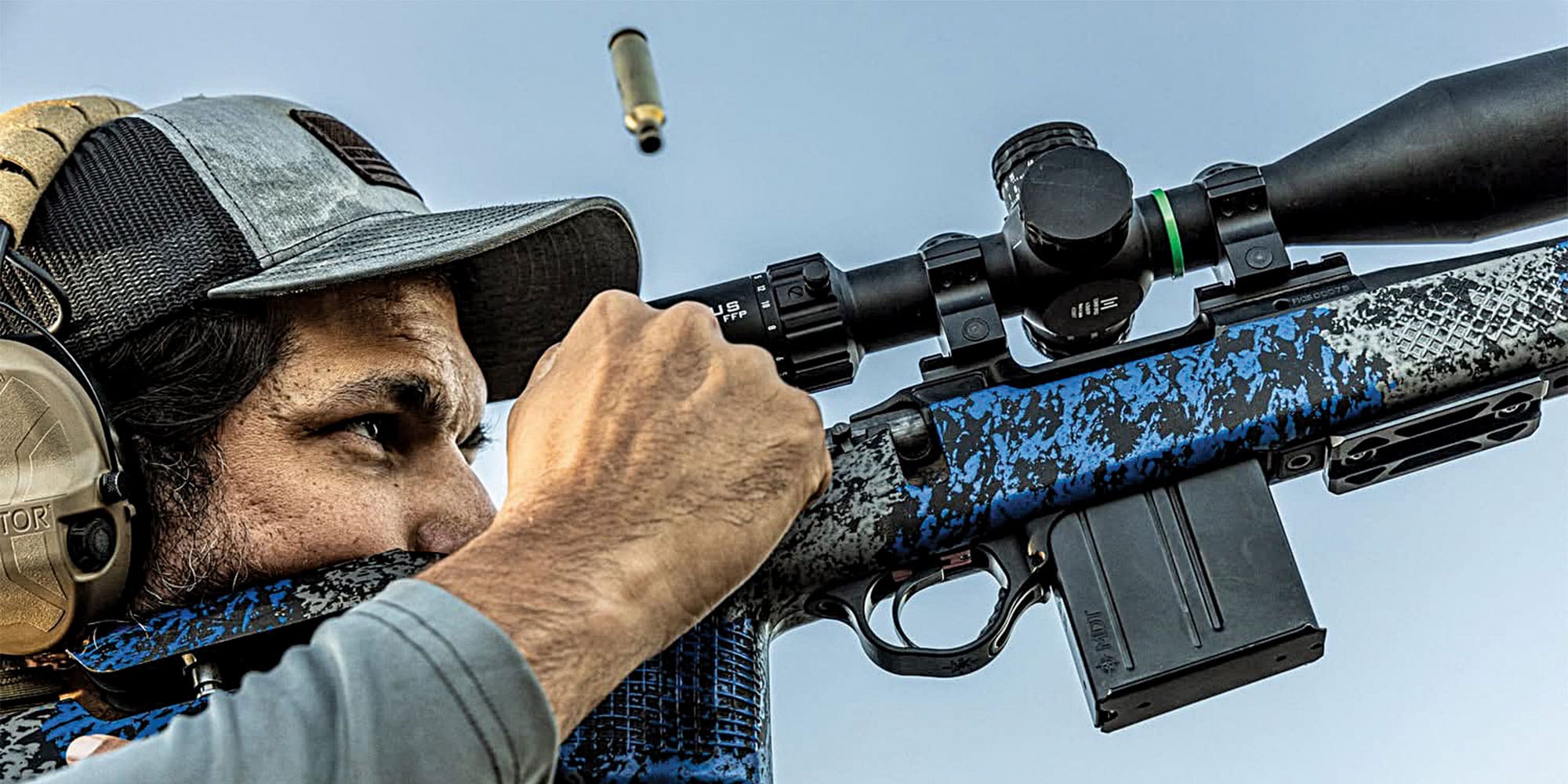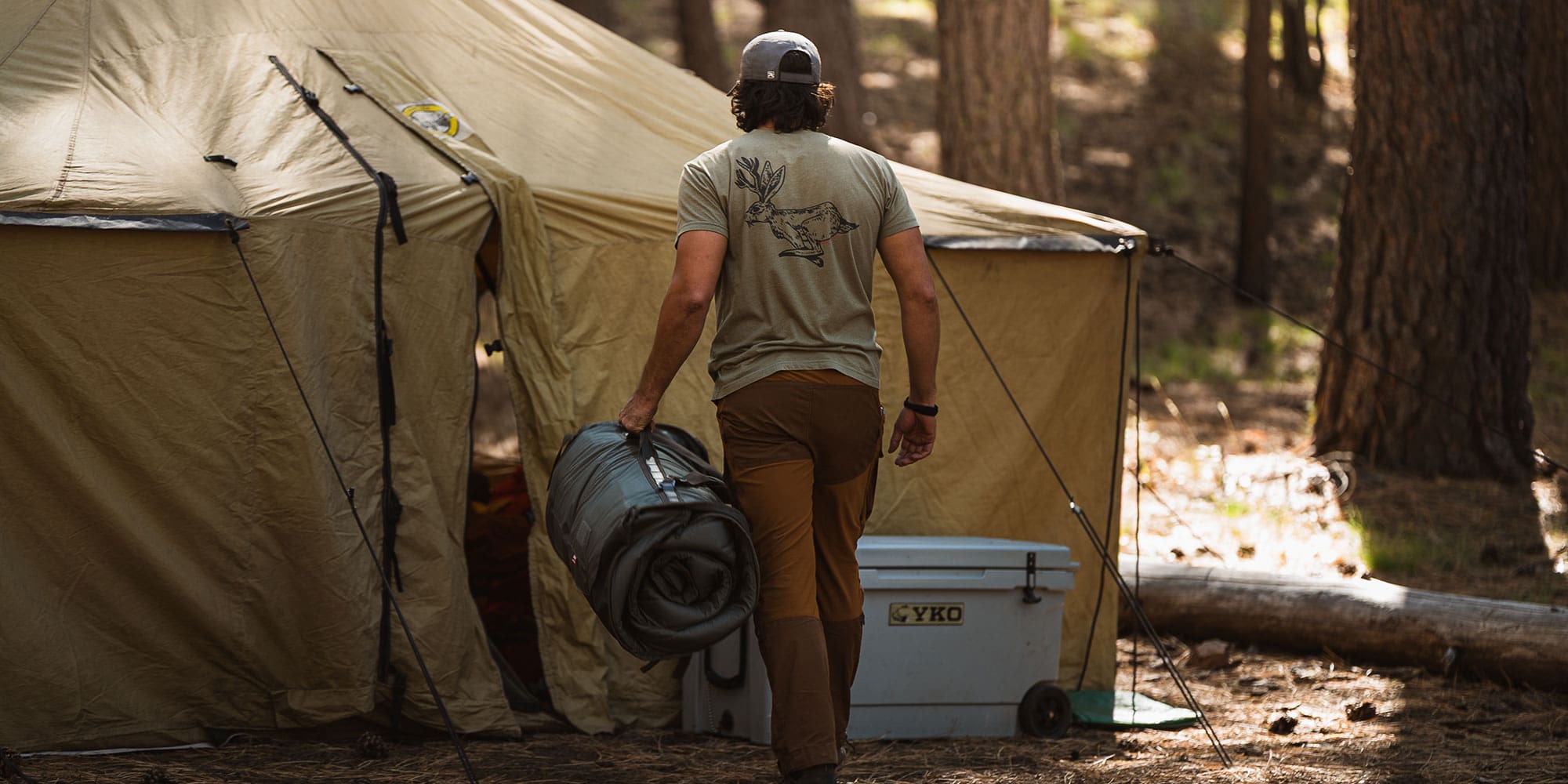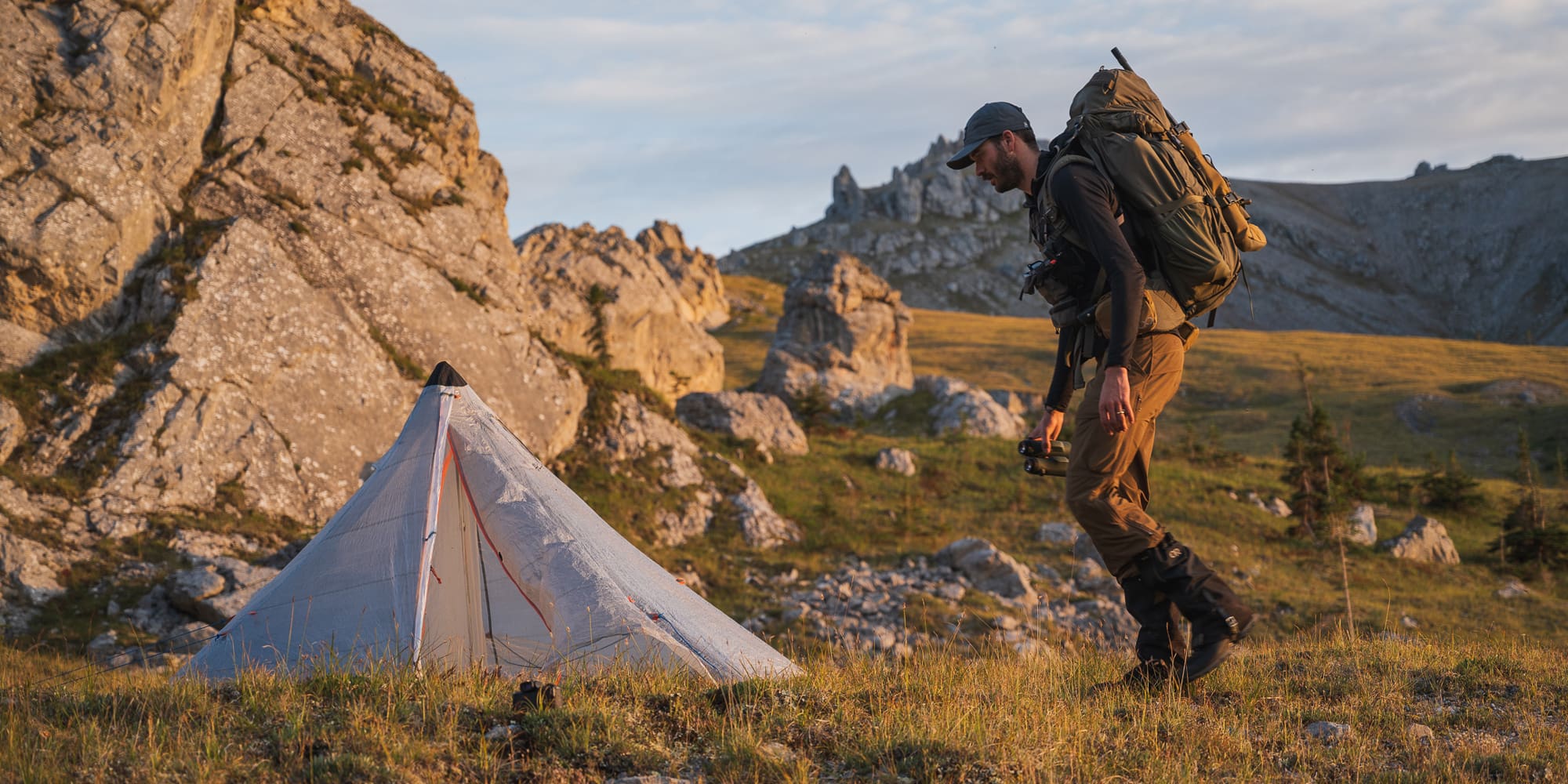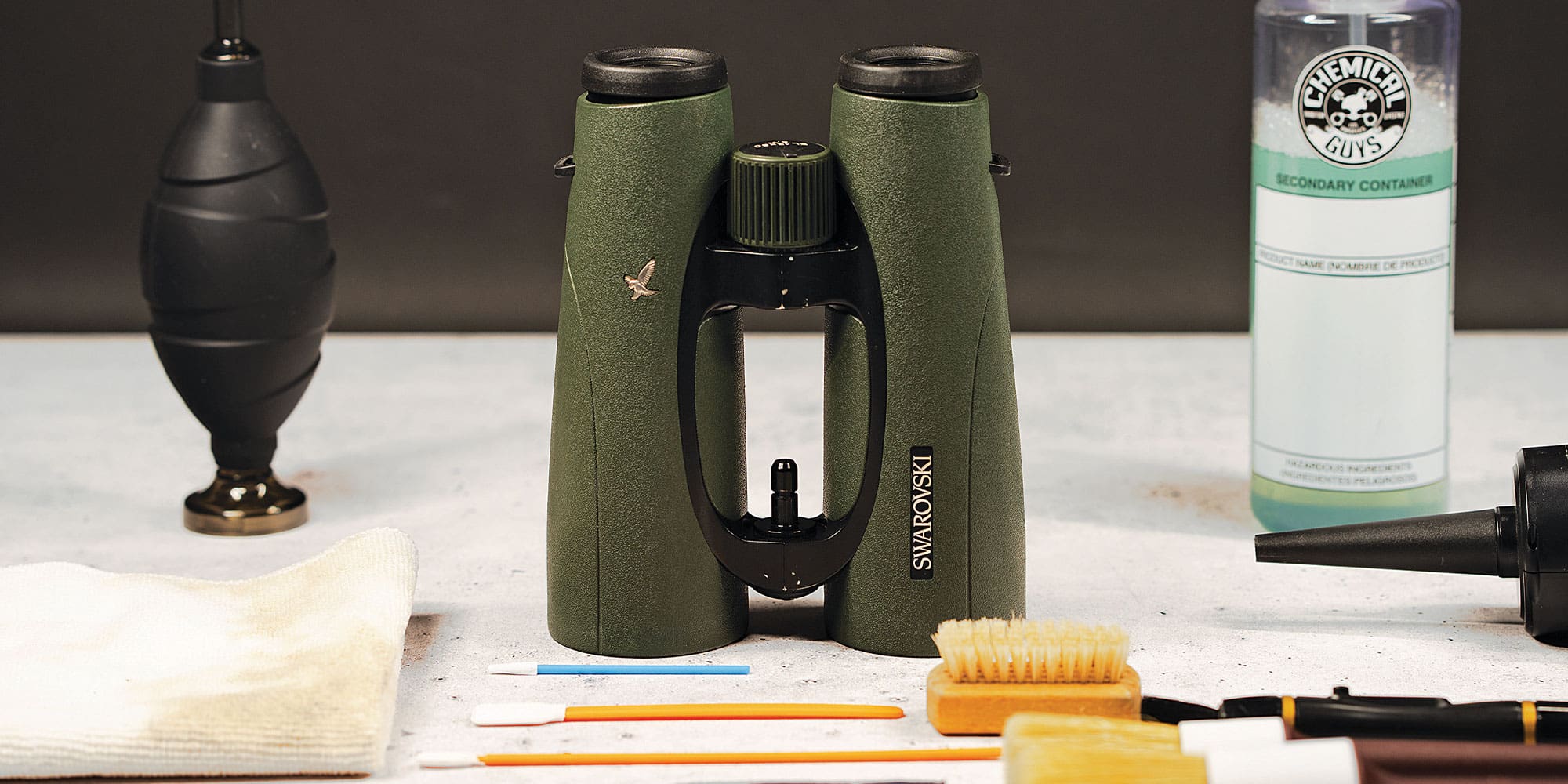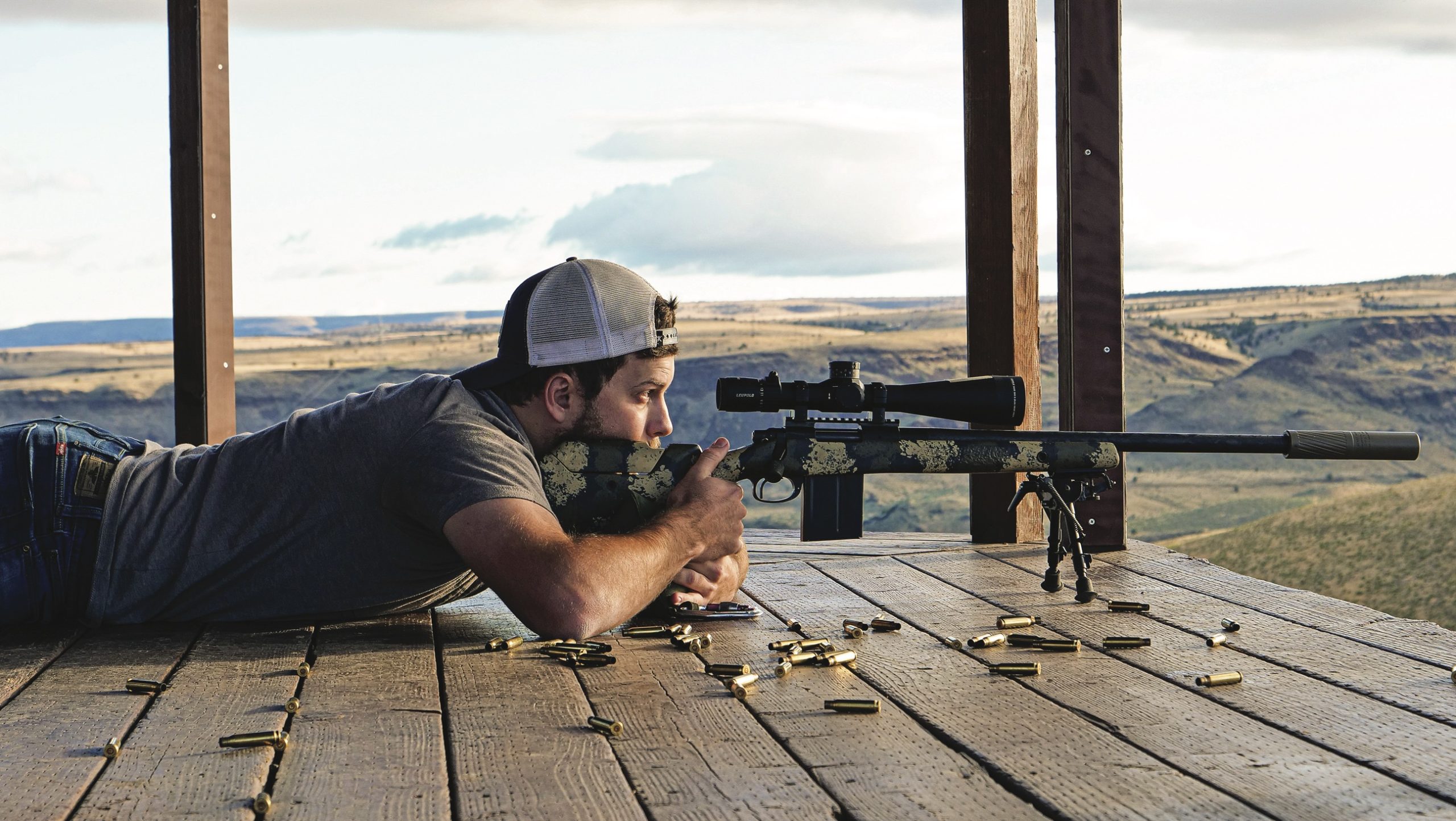
NOTICE: Certain links on this post may earn a commission for Western Hunter Magazine from Amazon or our other affiliate partners when you make a purchase. Thank you for your support.
Riflescope Buying Guide
Buying a riflescope in today’s marketplace can be a daunting task. With dozens of companies offering hundreds of riflescopes each, the options and different variations can be overwhelming. Thankfully there are only a few key features that you need to consider when making the decision.
The first and most important task is deciding exactly what you want to achieve with the riflescope. Some may say that budget is the most important part of the planning process, but I will have to disagree. With the wide variety of options available on the market, deciding on a budget too early can limit the options you have to choose from and can end up causing buyers remorse if you end up purchasing a scope that doesn’t hit all the points on your wishlist. While budget is certainly an important factor, figuring out what you need from a scope will put you in a better place to begin your search. Here are a few helpful features to think about:
Magnification
Magnification is largely preferential but, speaking practically, the riflescope you choose for a varmint gun chambered in .17 HMR will probably not be the same as the one you choose for a big game rifle chambered in .300 WM because these rifles serve two very different purposes and the cartridges themselves have very different capabilities.
Outside of personal preference, the cartridge of the host rifle should be the determining factor in how much magnification is suitable.
Adjustable turret or drop compensating reticle
Do you want to have an adjustable turret on the scope or will you be relying on a BDC type reticle to compensate for distance? There are a variety of ways to solve the same problem when it comes to ballistics, so it really ends up being a matter of preference. Some folks prefer a simple reticle to keep their view of the target unobstructed at full magnification. A custom ballistic turret would be ideal for someone with this preference. For those who prefer to hold for windage or elevation adjustments, bullet drop compensating or BDC reticles are the clear winner.
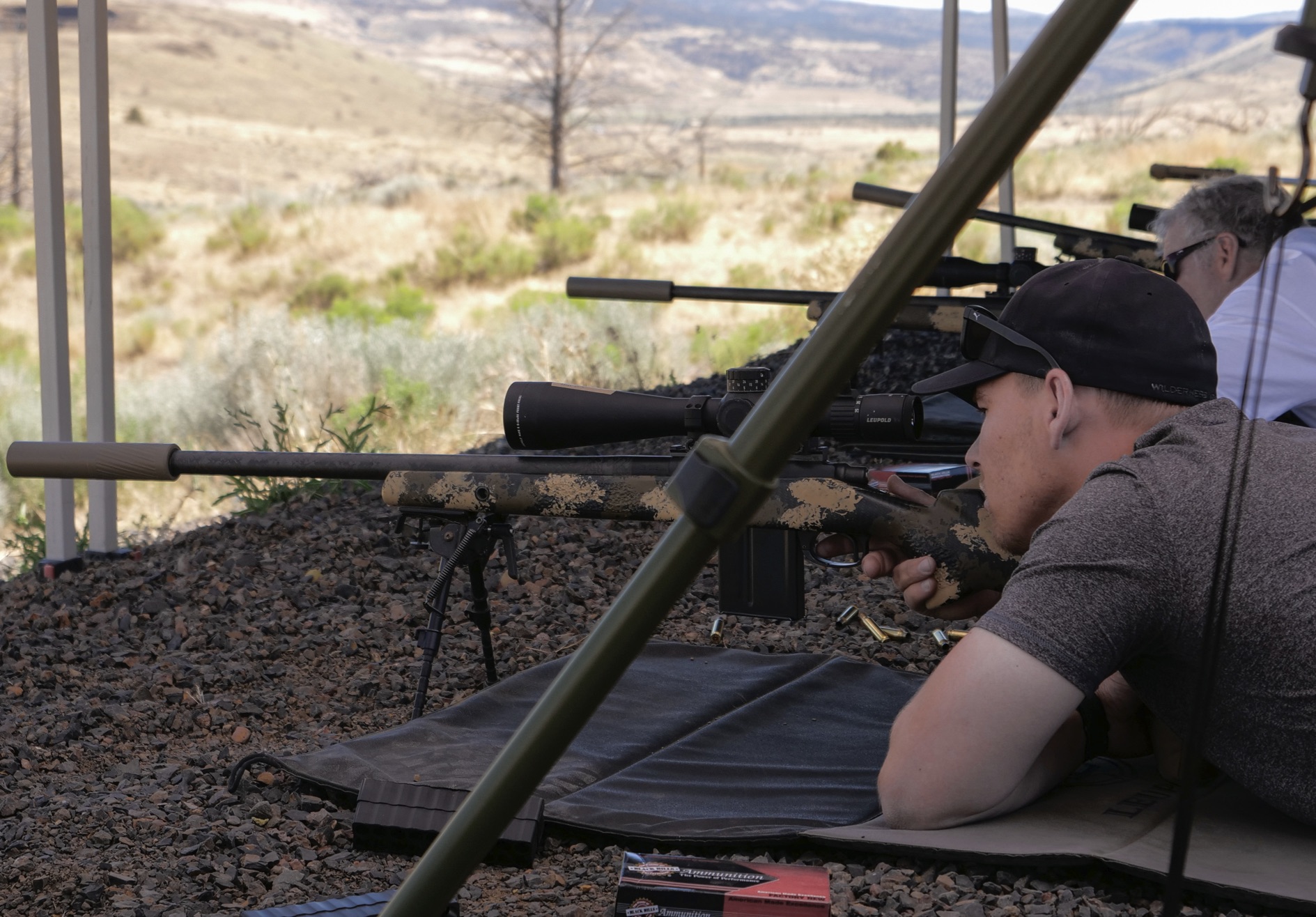
Elevation adjustment
If you are going with an adjustable turret make sure to decide on the type of distance you want to achieve. Remember to take into consideration the type of rifle you will be using. A .30-378 will require much less adjustment to hit 800 yards than a 6.5 Creedmoor.
Illuminated or non-illuminated
Most riflescopes have the option for an illuminated reticle. This can be an extremely helpful feature if you find yourself taking shots early in the morning or later in the evening. Though most would say the difference is negligible, it is worth mentioning illumination options typically add to the weight of the riflescope.
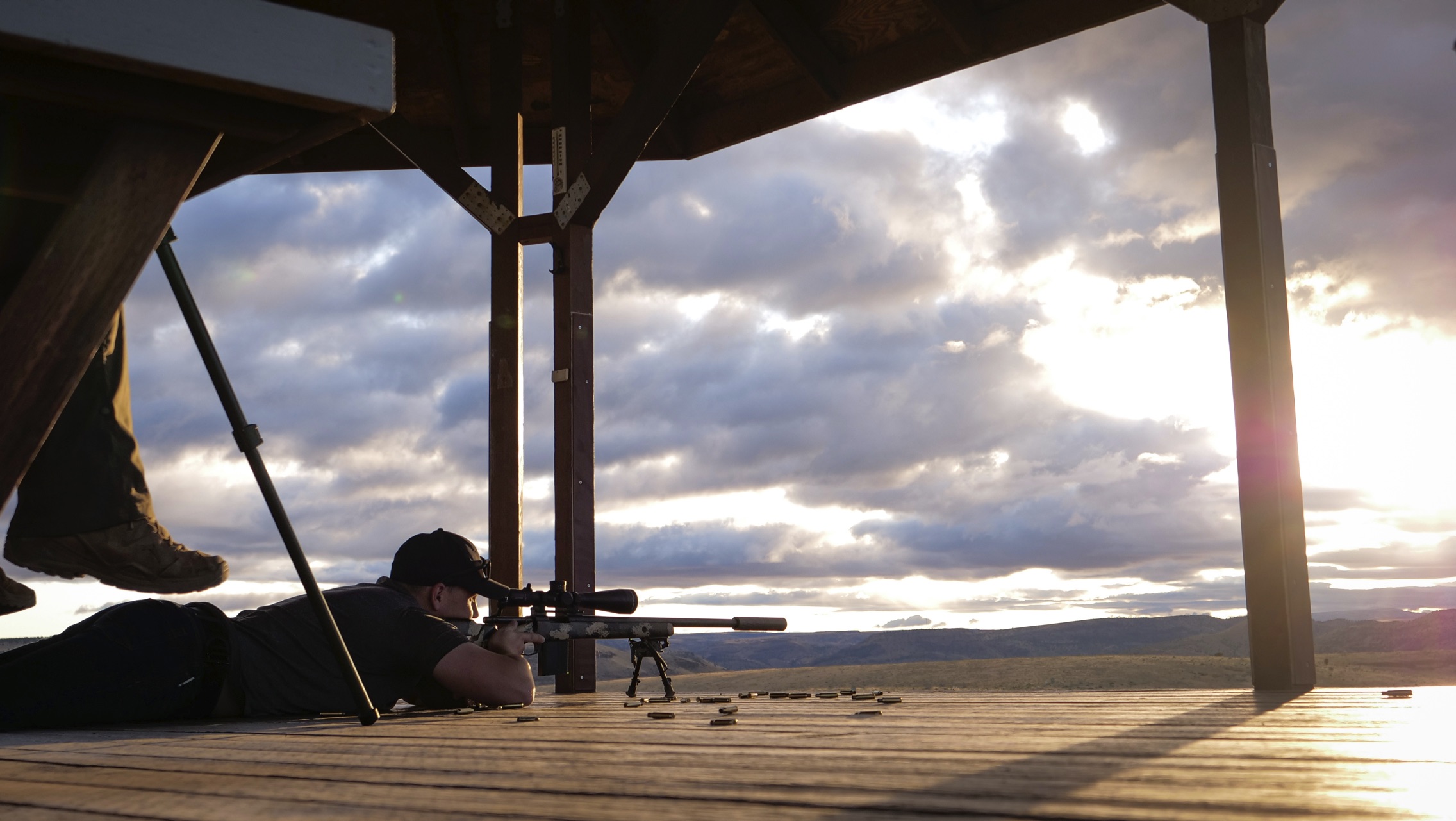
Weight
Is the scope going on a light-weight mountain rifle or a bench rest competition rig? When shooting from a bench or not far from a vehicle, the weight and size of a rifle or scope are not as big a concern. Contrarily, with a rifle you’ll be bringing into the backcountry, the size and weight are of the utmost concern.
Mils or Minutes
Using the system you’re most familiar with is typically the best option unless you’ve made a deliberate decision to switch. Regardless of the unit of measurement, try to consider the mental gymnastics of making your ballistics calculations in the field. Will you be hunting with a buddy? What units is he/she using? Are you ranging in yards or meters?
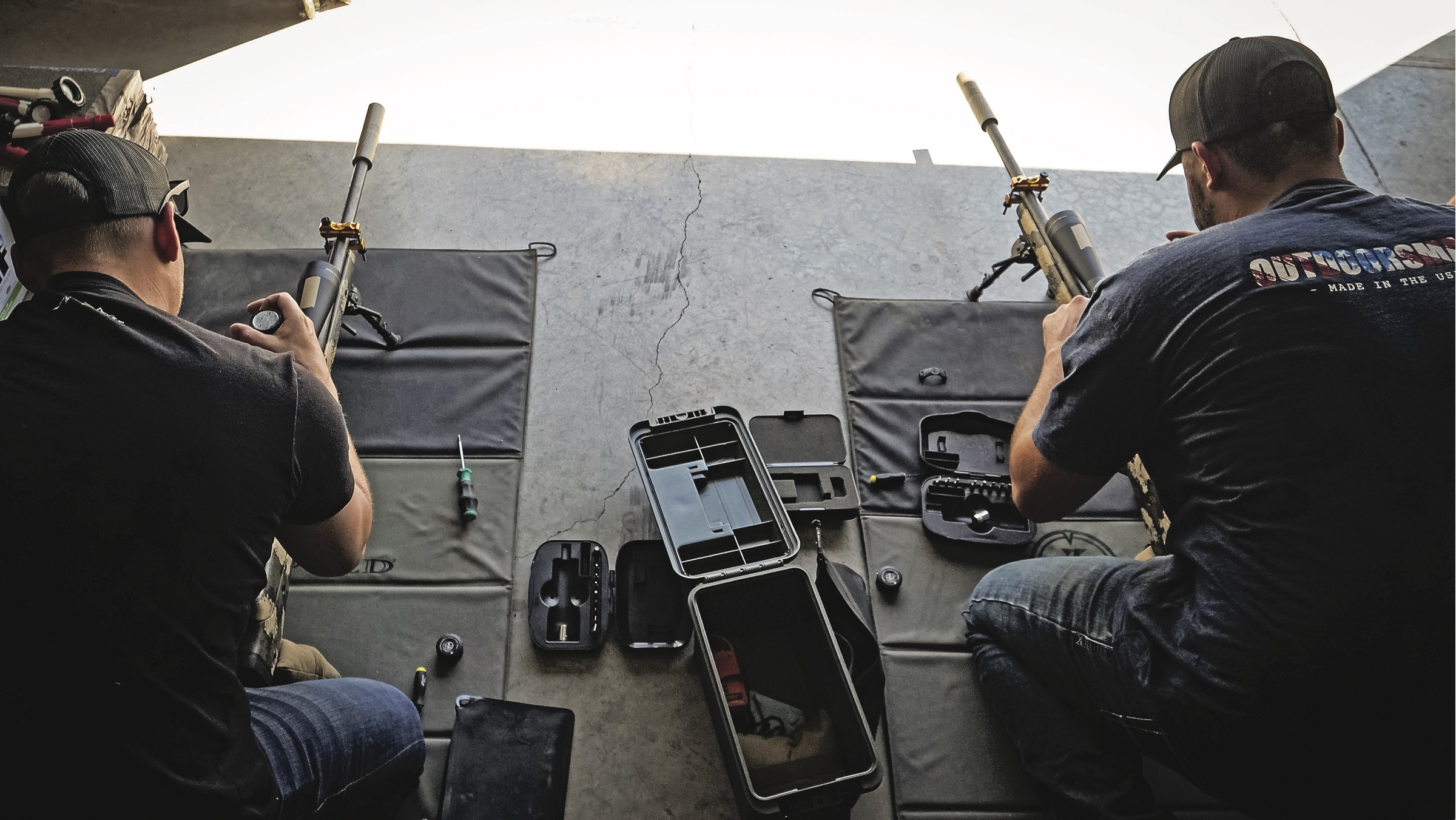
First or Second Focal Plane
Most riflescopes designed for hunting feature second focal plane reticles – meaning the reticle is etched on a static lens such that it does not change in scale at any magnification. The marks on a second focal plane reticle are typically calibrated for the highest magnification on a variable power scope (ex. on a 5-25 power riflescope, the reticle would be calibrated for 25 power). This means that at half-power (15 power on a 5-25 scope) the reticle measurements will be twice what they are at full power. For example, if each mark is measured in .25 MOA increments, the same marks at half-power will be .5 MOA.
On the contrary, first focal plane reticles increase in scale as the magnification is increased. As a result, the reticle marks represent the same measurements at any magnification. A .25 MOA reticle marker is a true .25 MOA at 5 power, 6 power, 7 power, and so on.
Summary
Deciding what riflescope is best for you is really a personal endeavor, but with some careful consideration of the features laid out in this article, hopefully the choice will be clearer to you. One final consideration for those who are budgeting for a new rifle and a new scope – a quality optic mounted on an inexpensive rifle will almost always perform better than a cheap optic on an expensive rifle.
For more information visit us at OUTDOORSMANS.COM/SCOPE-GUIDE


